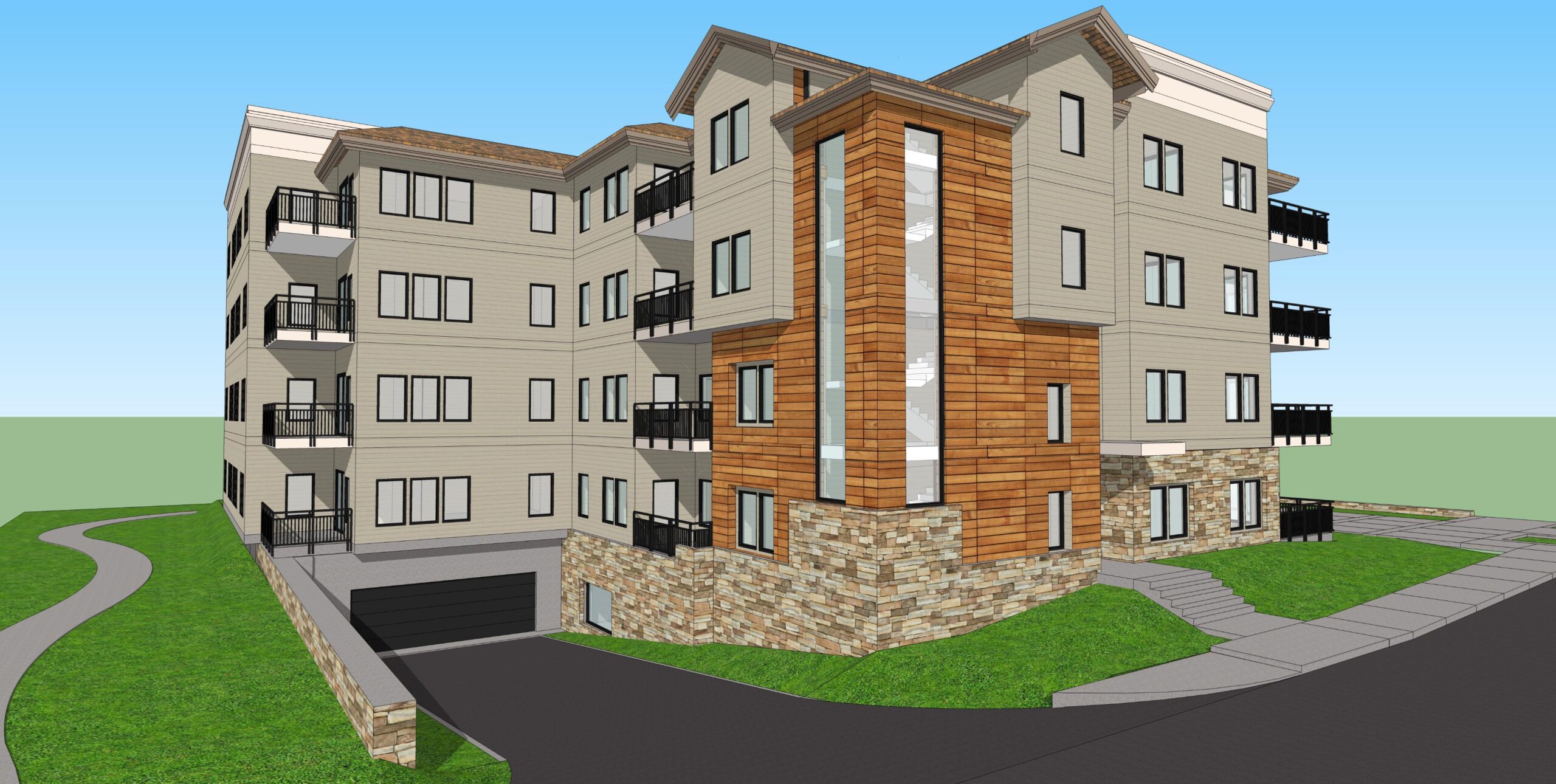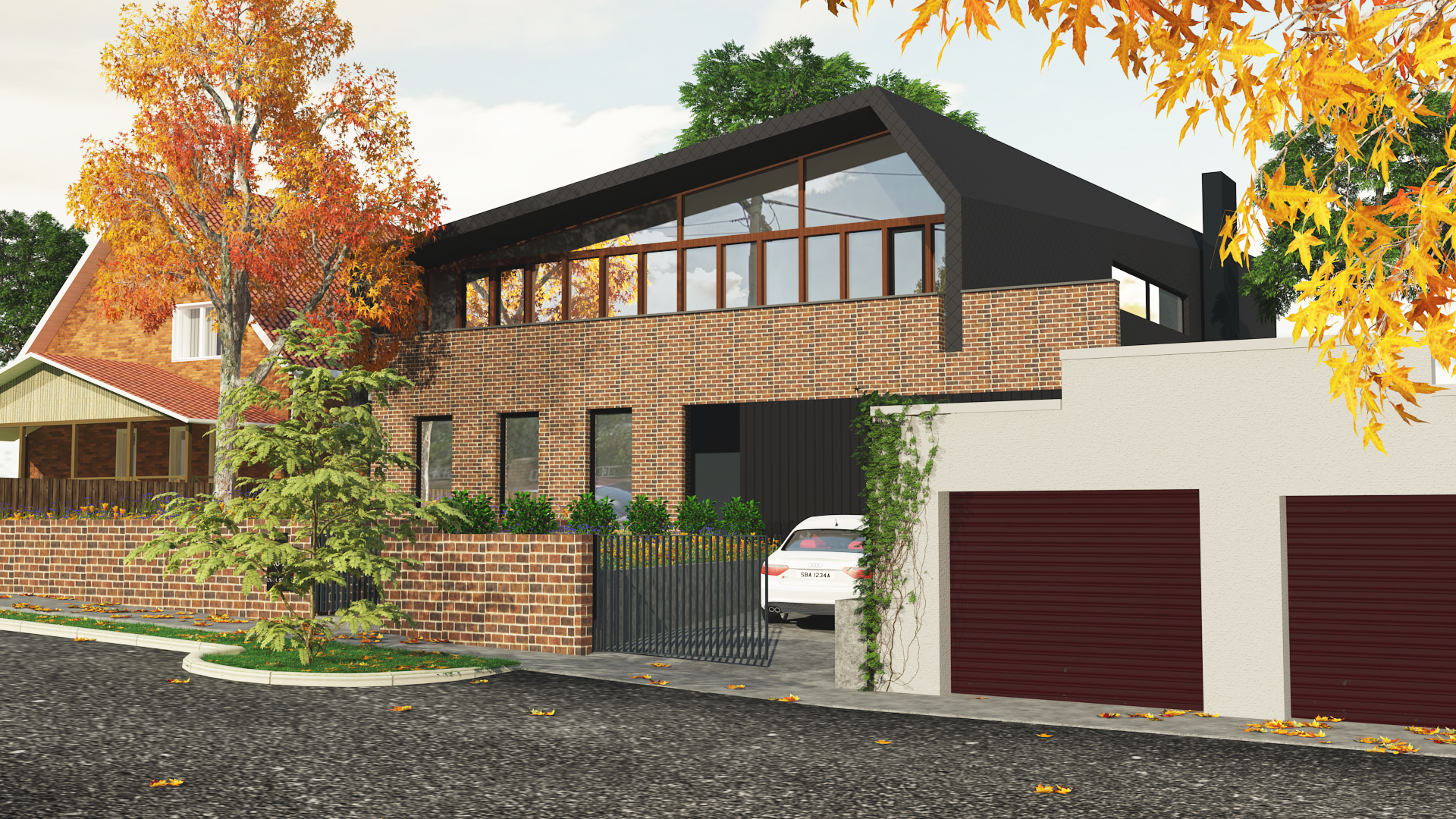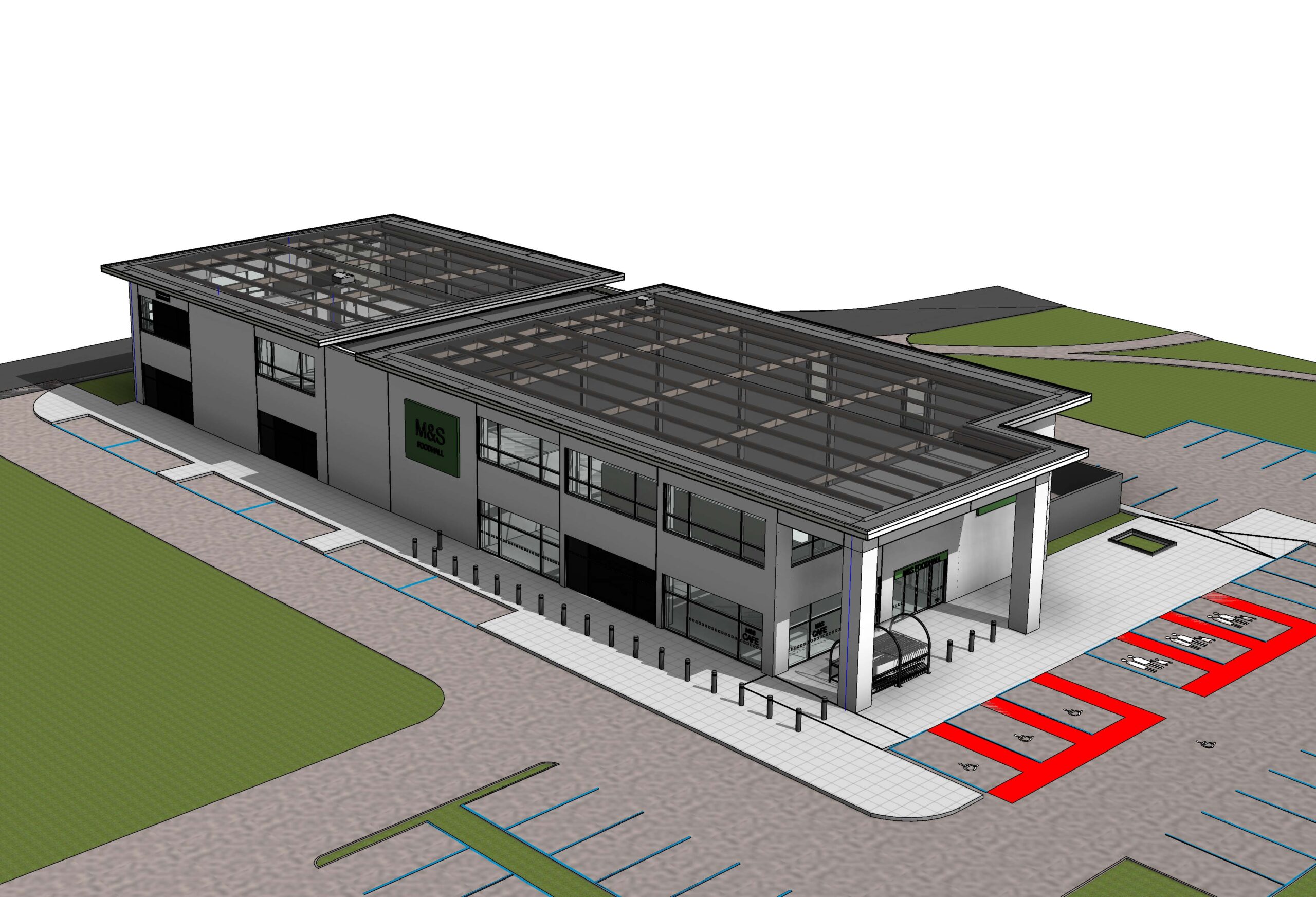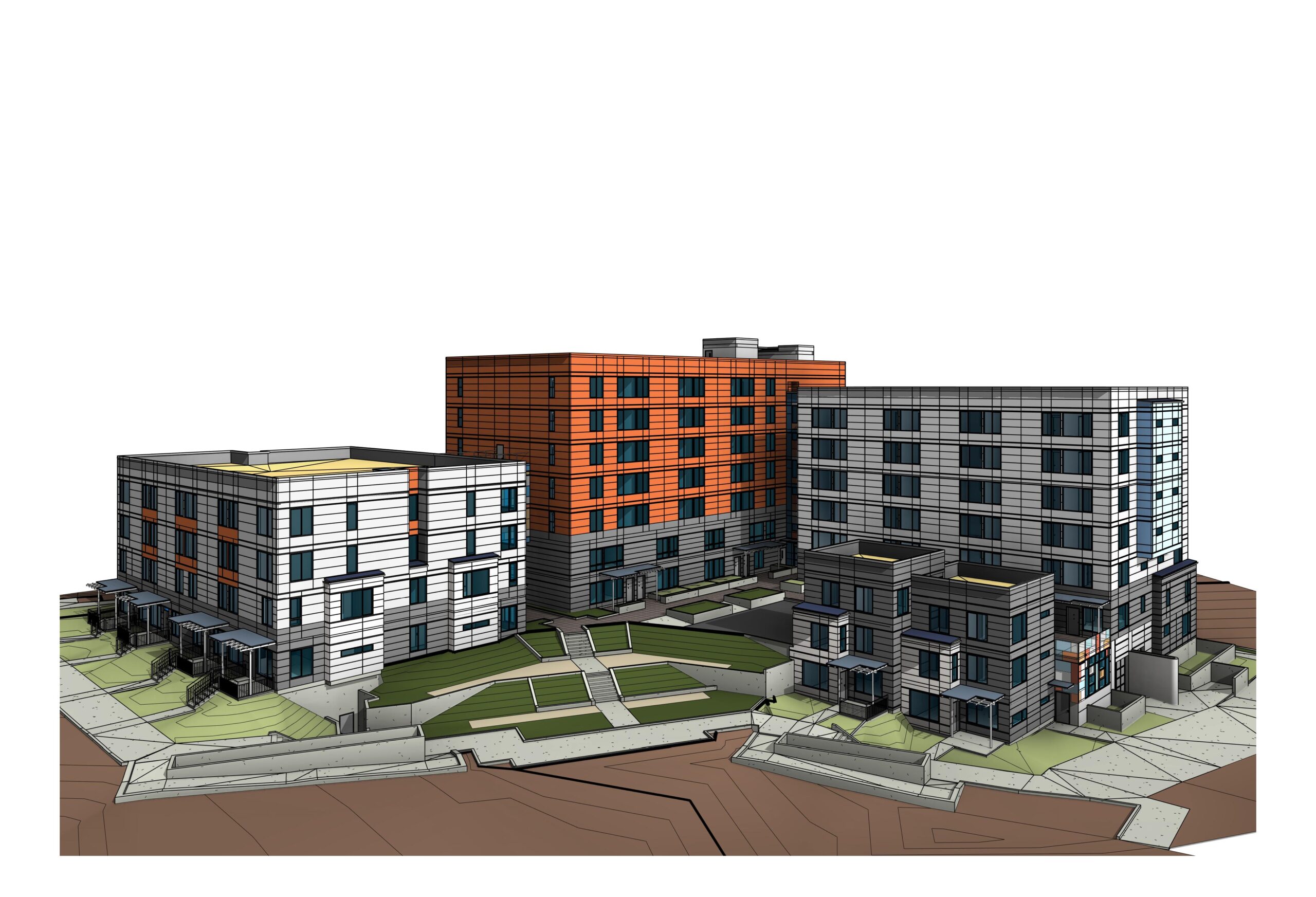Future of CAD Outsourcing: Trends & Innovations to Watch
Posted on : Apr 30, 2024
In the rapidly evolving landscape of Computer-Aided Design (CAD) outsourcing, the future holds exciting prospects shaped by emerging trends and innovative technologies. This article explores the anticipated trajectory of CAD outsourcing, highlighting key trends and innovations that industry professionals should watch.
Introduction
CAD outsourcing has become integral to the operations of countless industries, offering access to specialized expertise, cost efficiencies, and accelerated project timelines. As technology continues to advance and market demands evolve, the future of CAD outsourcing is poised for transformative growth.
Definition and Significance
CAD outsourcing involves delegating design-related tasks to external service providers, leveraging their expertise to streamline processes and enhance productivity. The significance of CAD outsourcing lies in its ability to enable organizations to focus on core competencies while accessing specialized skills and resources.
Importance of Anticipating Future Trends
Understanding and anticipating future trends in CAD outsourcing is essential for staying ahead of the curve and capitalizing on emerging opportunities. By embracing innovation and adapting to evolving market dynamics, businesses can maintain a competitive edge in the global marketplace.
Trends & Innovations to Watch
1. Cloud-Based CAD Platforms
The proliferation of cloud-based CAD platforms is set to revolutionize the outsourcing landscape, offering greater accessibility, collaboration, and scalability. By leveraging cloud infrastructure, outsourcing providers can deliver seamless access to CAD tools and resources, enabling real-time collaboration and data sharing across geographically dispersed teams.
2. Augmented Reality (AR) and Virtual Reality (VR)
The integration of AR and VR technologies into CAD outsourcing processes opens up new possibilities for visualization, prototyping, and design validation. By immersing stakeholders in virtual environments, AR and VR enable more intuitive design reviews, enhanced spatial awareness, and accelerated decision-making, ultimately driving greater efficiency and innovation in CAD projects.
3. Generative Design
Generative design algorithms leverage artificial intelligence and machine learning to explore thousands of design iterations and identify optimal solutions based on predefined criteria. By automating the design exploration process, generative design enables outsourcing providers to rapidly generate innovative concepts, optimize performance, and reduce material waste, leading to more sustainable and cost-effective design solutions.
4. Blockchain Technology
Blockchain technology holds the potential to transform CAD outsourcing by enhancing data security, transparency, and trust in collaborative workflows. By leveraging blockchain-based platforms, outsourcing providers can securely record and track design revisions, access control permissions, and intellectual property rights, ensuring integrity and accountability throughout the design lifecycle.
5. Integrated Design and Manufacturing
The convergence of design and manufacturing processes is poised to streamline CAD outsourcing workflows and accelerate time-to-market. By integrating CAD tools with advanced manufacturing technologies such as additive manufacturing (3D printing), CNC machining, and robotic automation, outsourcing providers can seamlessly transition from design concept to physical prototype, reducing lead times and production costs.
6. Artificial Intelligence (AI) for Design Automation
Artificial intelligence is poised to revolutionize CAD outsourcing by automating repetitive design tasks, optimizing workflows, and enhancing design intelligence. AI-powered tools can analyze design requirements, generate initial concepts, and iteratively refine designs based on user feedback, leading to faster iteration cycles and improved design outcomes.
7. Collaborative Design Platforms
Collaborative design platforms facilitate seamless communication and collaboration among distributed teams, enabling real-time interaction, feedback, and decision-making. By providing centralized access to design files, project documentation, and communication tools, collaborative platforms streamline CAD outsourcing workflows, promote cross-functional collaboration, and enhance project visibility and transparency.
8. Sustainable Design Practices
The growing emphasis on sustainability is reshaping CAD outsourcing practices, with increasing focus on eco-friendly materials, energy-efficient designs, and lifecycle assessments. Outsourcing providers are adopting sustainable design principles, incorporating renewable materials, optimizing energy consumption, and minimizing environmental impact throughout the design process, aligning with global sustainability goals and client expectations.
9. Human-Centered Design
Human-centered design principles prioritize the needs, preferences, and experiences of end-users, driving greater empathy, usability, and satisfaction in CAD outsourcing projects. By integrating user feedback, ergonomic considerations, and usability testing into the design process, outsourcing providers can create more intuitive, user-friendly designs that enhance user engagement and satisfaction.
10. Regulatory Compliance and Data Privacy
Heightened regulatory scrutiny and data privacy concerns are shaping CAD outsourcing practices, with increasing emphasis on compliance with industry standards, data protection regulations, and intellectual property laws. Outsourcing providers are implementing robust security measures, data encryption protocols, and access controls to safeguard sensitive information, mitigate legal risks, and ensure regulatory compliance throughout the design lifecycle.
Conclusion
The future of CAD outsourcing is characterized by continuous innovation, technological advancement, and evolving market dynamics. By embracing emerging trends such as AI-driven design automation, collaborative design platforms, sustainable design practices, human-centered design principles, and regulatory compliance measures, outsourcing providers can adapt to changing client needs, deliver enhanced value, and maintain a competitive edge in the global marketplace.




